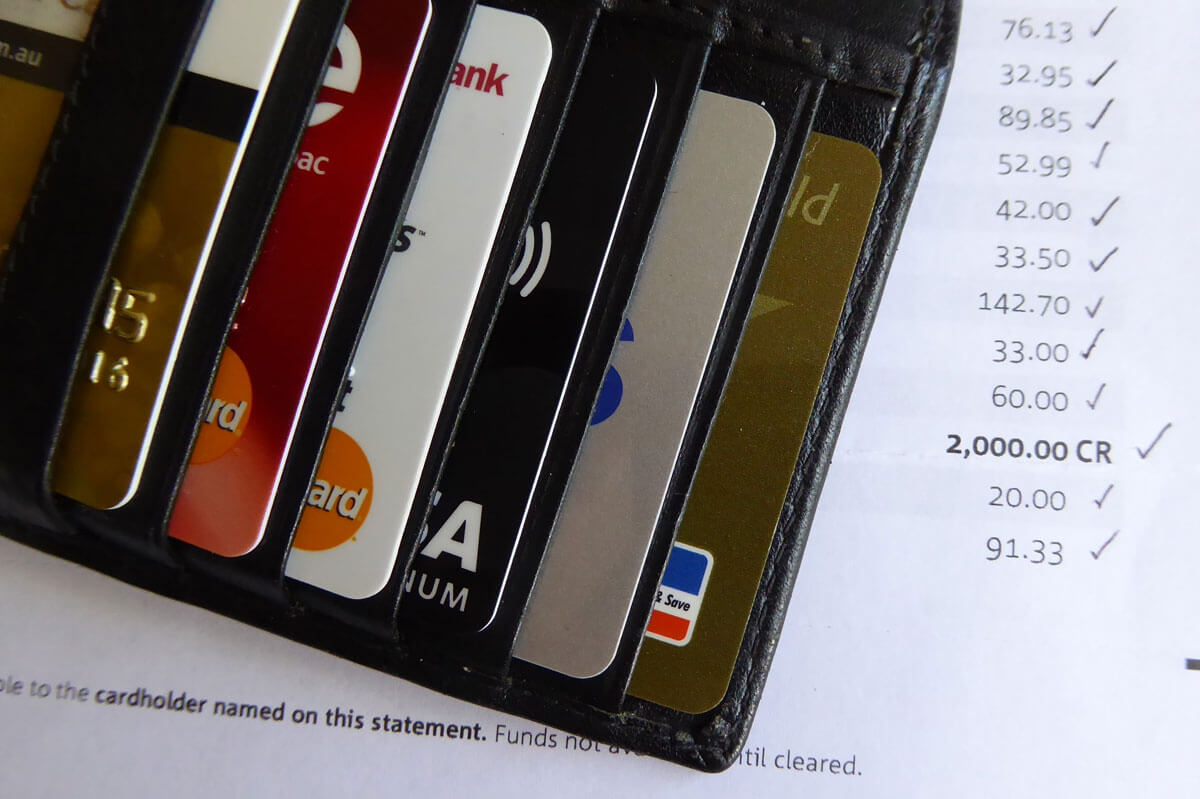In the course of financial remedy proceedings it will be necessary to produce to the court and the other party documentary evidence, as proof of your means.
And it is largely upon the basis of this evidence that the case will be settled, or the court will decide what the financial settlement should be.
But sometimes the documents are not all that they seem to be, as a judge in a recent case has warned.
Sometimes, a document will have been forged by the producing party, to give a false impression of their means.
And creating false documentation is all too easy, in these days of digitisation. All that can be needed is to download a real document, put it into an editing program, and make the required changes.
The result can easily fool an unsuspecting recipient.
And that is exactly what happened in the recent case. The judge found that the husband had dishonestly and falsely manufactured a bank statement, to mislead to wife into giving up her job abroad and moving to London, as a result of which the wife had “significantly suffered”.
The judge said that one reason why he wanted to have his judgment in the case published was to draw wider attention to the ability of dishonest parties to manufacture bank statements and other documents which, for all practical purposes, look genuine, but which are in reality are not.
So what is to be done about forged documents?
The answer is that if you are in any doubt as to the authenticity of a document you should raise the matter with your lawyer. They can then take steps to check to see whether the document is genuine.
In the particular case in question a genuine statement was obtained from the bank for the same period, and a number of transactions which were on the forged statement simply did not appear on the genuine one.
There are also other ways of checking to see whether a digital document is genuine. For example, all digital documents will have ‘metadata’ attached to them, giving details relating to the document such as the author, the document’s file size, and the date that the document was created.
Obviously, the original document’s metadata will change if it has been altered.
And if all else fails then a forensic expert can be instructed to examine the document, and give an opinion as to whether or not it is genuine.
In summary, be alert to the possibility that a digital document may not be genuine, and if in any doubt take steps to check whether it is. Failure to do so could result in an inferior settlement, or other adverse consequences.
* * *
You can contact us for advice and guidance with no obligation. We can work with you to provide the best outcome in your family law matter.
Image: Public Domain, via Piqsels

